Top 10 Most Dangerous Cars in America

These days, most modern cars are extremely safe, but that wasn’t a case a decade ago.
According to 24/7 Wall St., the average light vehicle on the road today was manufactured in 2003 or 2004, and to determine the most dangerous cars in America, 24/7 Wall St. reviewed crashworthiness evaluation results from the Insurance Institute for Highway Safety (IIHS). To be considered one of the most dangerous cars in America, a vehicle had to receive either a marginal or poor rating in either the moderate overlap frontal crash test or the side crash test. In addition, a car needed to receive a poor rating in at least one of the other two categories: roof strength and head restraints and seats.
SEE ALSO: Widowmakers: 5 of the Most Dangerous Cars Ever Made
10. 2002-2005 Saturn L-Series
The 2002-2005 Saturn L-Series earned poor ratings on the side, head restraints and seat crashworthiness evaluations, making it one of the most dangerous cars in America today. The good news is, the Saturn brand no longer exists and production on the L-Series stopped many years ago. Built to compete with popular midsize sedans like the Honda Accord, the Saturn L-Series didn’t fare well due to poor safety ratings and mechanical issues.
9. 1999-2005 Pontiac Grand Am
Based on data collected by the National Highway Traffic Safety Administration (NHTSA), the Pontiac Grand Am had 160 driver deaths per million registered vehicles annually between 2002 and 2005, the most of any midsize coupe in the U.S. market at the time. The fifth-generation Pontiac Grand Am received poor ratings in the moderate overlap front, head restraints and seat tests, with the front impact test revealing a high likelihood of head injury for the driver in the event of a head-on collision. Like Saturn, the Pontiac brand has since been axed.
8. 2000-2006 Nissan Sentra
Before 2000, the Nissan Sentra was offered as a subcompact sedan, but the Japanese automaker decided it was time to move it up into the compact class for the 2000 model year makeover. The fifth-generation Sentra received poor ratings on its side, head restraints and seat tests and in a simulated broadside collision, the oncoming car made contact with the driver dummy’s head. In addition, the passenger dummy’s head smashed into the car window, indicating a high likelihood of head injury. Luckily, the latest-generation Sentra has improved drastically, earning IIHS’s Top Safety Pick+ award.
7. 2000-2006 Mazda MPV
You probably won’t see many Mazda MPV minivans on the roadways today, but it’s still one of the most dangerous cars out there. It received poor ratings on the side, head restraints and seat tests, with the results indicating that in a side impact crash, there would be a high likelihood of rib fracture for the driver and pelvic injury for the passenger. The Mazda MPV is no longer in production, with the Japanese automaker replacing it with a lineup of crossovers and SUVs.
6. 2006-2009 Kia Rio
Nowadays, Kia is considered one of the most reliable and safest automakers available, but it wasn’t even a decade ago that some of its vehicles were questionable in terms of quality and safety. The second-generation Kia Rio received poor ratings on the side, head restraint and seats tests with the first few model years of the second generation earning poor ratings for their headrests. The 2010-2011 models improved. Like other automakers, however, Kia invested into improving its safety with the third-generation Rio receiving high marks for safety.
5. 2001-2005 Kia Optima
Like the Rio, the older Optimas weren’t as safe as they should have been. The sedan also did poorly on the side, head restraint and seat evaluations, receiving a poor rating for its side crash impact safety. The second-generation Optima improved a bit, receiving an acceptable rating in side impact crash safety, but those purchasing an Optima today have little to fear, as it is rated an IIHS Top Safety Pick.
4. 2006-2011 Hyundai Accent
Despite having fairly low safety scores, the third-generation Hyundai Accent was one of the best-selling subcompact cars during its production run. That means there’s still quite a bit of them on roadways today, sporting poor ratings in the side, head restraint and seat tests. Crash tests of the 2007 Hyundai Accent revealed a high likelihood of pelvis injury for both the driver and passenger in the event of a side crash.
3. 2001-2006 GMC Sierra 1500
The sole pickup truck on the list, the GMC Sierra 1500 received a poor rating for its headrests and a marginal rating for its frontal crash impact safety. The American automaker has made vast improvements to the pickup truck since the 2001-2006 generation, with the 2016 Sierra 1500 extended cab earning good ratings in moderate frontal and side crash impact tests, as well as its roof strength and headrests.
2. 1996-2005 GMC Safari
Also known as the Chevrolet Astro, the GMC Safari received poor ratings on the moderate overlap front, head restraints and seat crashworthiness evaluations. The second-generation Safari was introduced with the 1996 model year and was discontinued after the 2005 model year. IIHS tests on the minivan indicated that a frontal collision would likely result in serious leg injuries for the driver. Despite its poor crash test ratings, the vehicle had the lowest driver death rate of any popular vehicle between 2002 and 2005.
1. 2000-2005 Dodge Neon
The most dangerous car in America today is the 2000-2005 Dodge Neon, which thankfully, has been discontinued. The second- and final-generation model had a better frontal crash rating than the first-generation Neon, but it still received a poor score for its side crash impact and headrest safety. Over 160 drivers of Neon sedans were killed per million registered vehicles annually between 2002 and 2005, one of the highest driver death rates of any car at the time.
[Source: 24/7 Wall St.]

Jason Siu began his career in automotive journalism in 2003 with Modified Magazine, a property previously held by VerticalScope. As the West Coast Editor, he played a pivotal role while also extending his expertise to Modified Luxury & Exotics and Modified Mustangs. Beyond his editorial work, Jason authored two notable Cartech books. His tenure at AutoGuide.com saw him immersed in the daily news cycle, yet his passion for hands-on evaluation led him to focus on testing and product reviews, offering well-rounded recommendations to AutoGuide readers. Currently, as the Content Director for VerticalScope, Jason spearheads the content strategy for an array of online publications, a role that has him at the helm of ensuring quality and consistency across the board.
More by Jason Siu



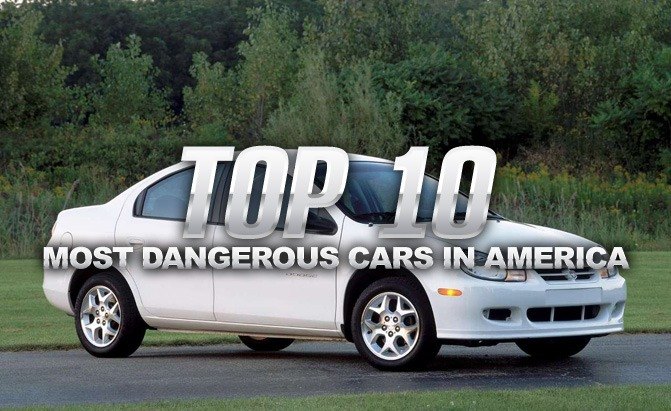




















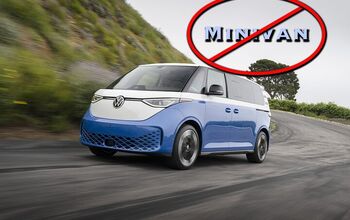


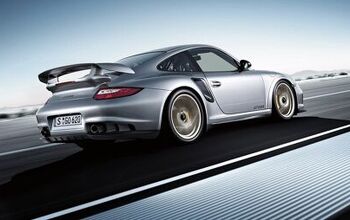
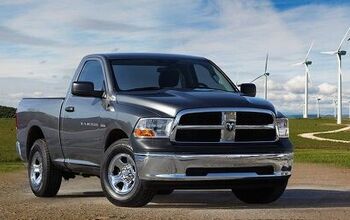
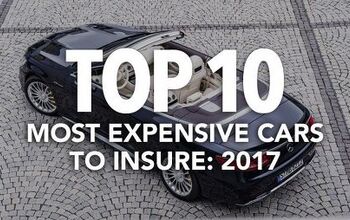
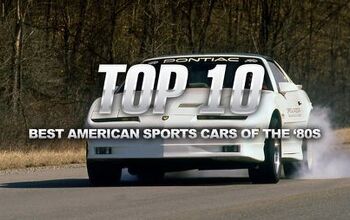
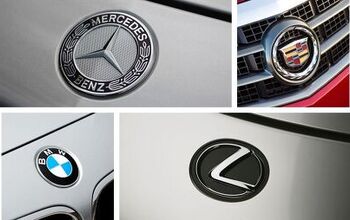




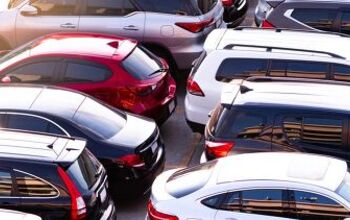

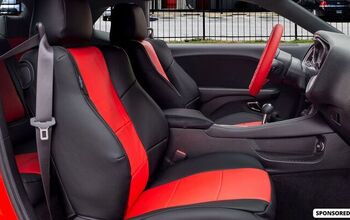
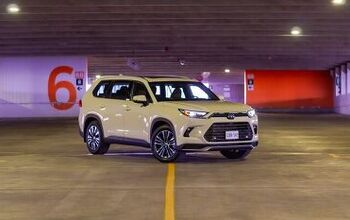
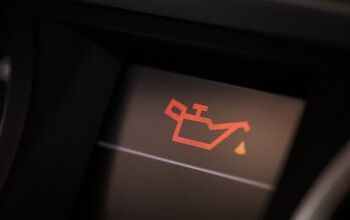
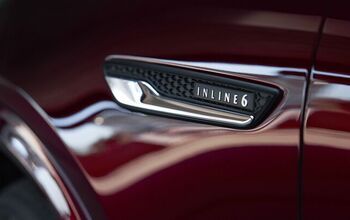
Comments
Join the conversation
What the article overlooks (at least with the Neon), are other factors which contribute to the inflated death per 1mil owners. The Neon was a popular car with young, inexperienced drivers as well as those who were into inexpensive performance mods. My boss' son hacked the ECU and boosted performance (nearly doubling output) on his mom's grocery getter. Never knew they could run like a scared rabbit, but...they do. It all came to an abrupt end when Junior got busted for street racing, doing 110mph in an industrial park posted 25mph.
What a hack job. This is supposed to be taken seriously? Why older cars? Why not go even further back to when cars didn't have seatbelts, crumple zones and zero safety features? I thought I was going to see a relevant article.